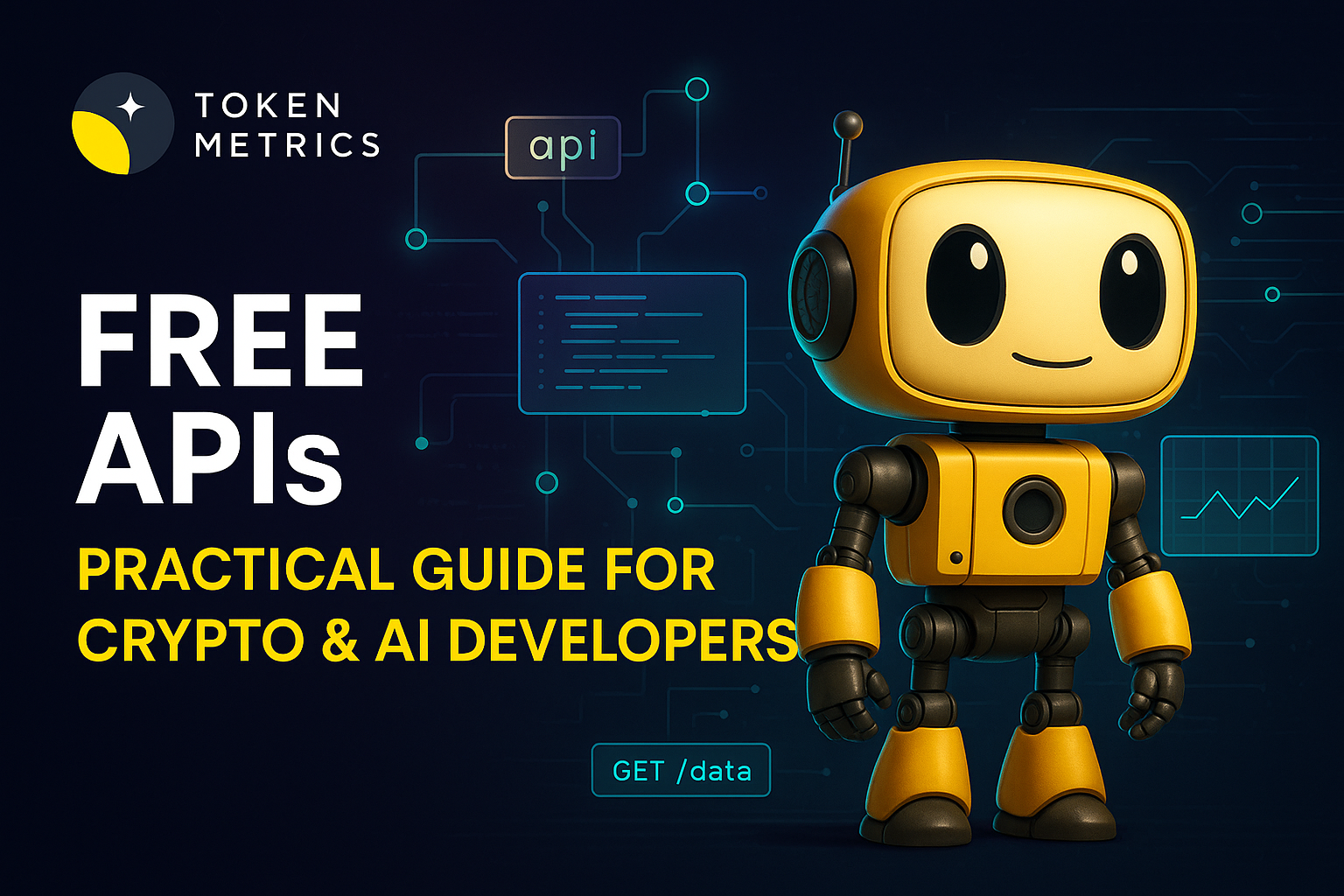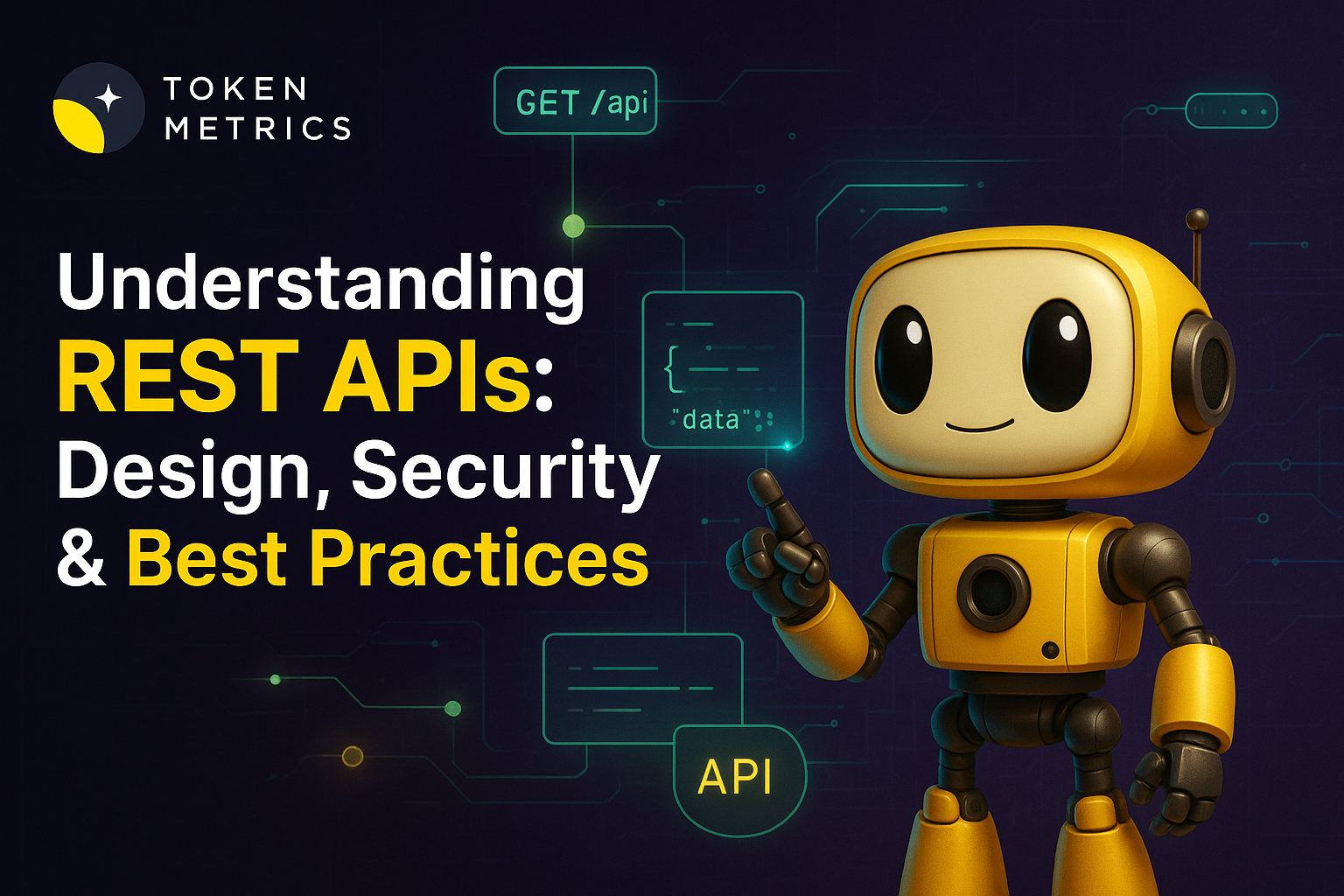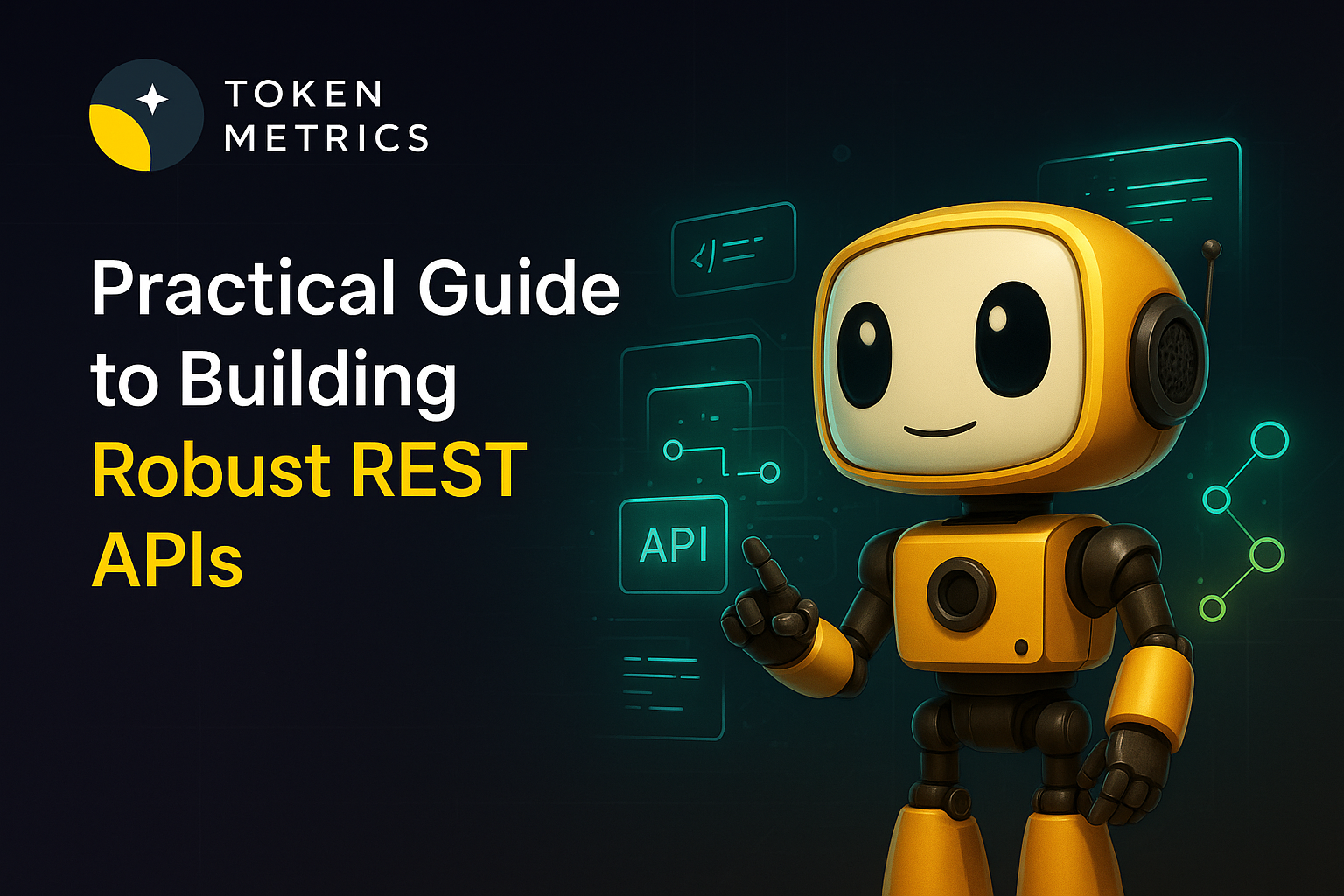How Crypto APIs Empower Effortless Portfolio Tracking

As the digital asset ecosystem grows more complex, keeping tabs on multiple cryptocurrencies across wallets, exchanges, and DeFi protocols can feel overwhelming. Many crypto enthusiasts and data-driven researchers are turning to APIs—powerful tools that automate and streamline portfolio tracking. But how exactly do crypto APIs help you monitor your digital assets, and what should you know before getting started?
What Is a Crypto API and Why Use One?
An API, or Application Programming Interface, acts as a bridge allowing software programs to communicate with one another. In the context of cryptocurrency, crypto APIs provide standardized and secure access to real-time and historical blockchain data, market prices, account balances, transaction history, and more.
Using a crypto API for portfolio tracking means you can:
- Automatically aggregate holdings from multiple wallets or exchanges.
- Monitor portfolio value with up-to-date price data.
- Analyze allocations, performance, and exposure across assets and chains.
- Integrate insights into custom dashboards, spreadsheets, or research tools.
How Crypto APIs Track Your Portfolio
Most portfolio tracking APIs fall into one or more of these categories:
- Exchange APIs: Connect directly to trading platforms to fetch balances, trade history, and transaction data.
- Blockchain Explorer APIs: Query public blockchains (like Ethereum, Bitcoin) to track wallet balances or specific transactions via address lookup.
- Aggregators: Combine data from multiple sources (exchanges, wallets, DeFi apps) to offer a comprehensive, unified portfolio overview.
- Analytics & On-chain Insights: Advanced APIs like Token Metrics layer research, trading signals, and on-chain data onto portfolio monitoring for deeper analysis.
To use these APIs, you typically generate an API key from the provider, configure access permissions (like read-only for safety), and then supply your wallet addresses or connect exchange accounts. Data is returned in machine-readable formats such as JSON, making it easy to feed into portfolio apps, visualization dashboards, or research workflows.
Benefits and Limitations of API-Based Portfolio Tracking
Using crypto APIs for portfolio tracking offers several key advantages:
- Automation: Eliminate manual tracking and data entry errors.
- Real-time Accuracy: Reflect the latest price and wallet balance changes.
- Custom Integration: Tailor insights for your preferred workflow or platform.
- Enhanced Analysis: Combine price, transaction, and on-chain data for deeper research.
However, APIs also come with practical limitations:
- Technical Complexity: Requires some programming knowledge or use of pre-built tools.
- Rate Limits: Providers may cap the number of requests per minute or day.
- Security Considerations: Sharing exchange API keys or wallet addresses demands careful management of permissions and privacy.
- Incomplete Data: Not all exchanges or blockchains are supported by every API.
Making sure your chosen API covers your required assets, chains, and platforms is crucial for effective portfolio monitoring.
How to Get Started with Crypto Portfolio APIs
If you’re interested in automating your portfolio tracking with a crypto API, the following workflow is a common approach:
- Identify Your Needs: Determine which sources (exchanges, wallets, chains) and data (balances, historical prices) you want to monitor.
- Select a Reputable API Provider: Review offerings like Token Metrics and compare available endpoints, asset coverage, update frequency, and security features.
- Register for API Access: Sign up for an account and obtain your API key(s). Configure permissions such as read-only portfolio data where possible.
- Implement or Integrate: Use code libraries or third-party portfolio apps that support your chosen API, or build a custom integration to display data in spreadsheets, dashboards, or analysis tools.
- Test Security and Accuracy: Validate that data is being pulled securely and accurately reflects your portfolio—including regular reviews of API permissions.
You don’t need to be a developer to benefit—many plug-and-play crypto tracking apps are built atop APIs, letting anyone leverage automated monitoring.
AI and the Next Generation of Crypto Portfolio APIs
The evolution of crypto APIs has accelerated with the rise of AI-powered analytics, creating opportunities to go beyond tracking simple balances. Platforms such as Token Metrics use machine learning to identify potential patterns in on-chain flows, provide portfolio exposure metrics, and surface unusual trading activity.
For quantitative traders, developers, and researchers, combining APIs with AI agents enables:
- Automated alerts for risk and performance thresholds.
- Portfolio rebalancing models based on on-chain and market signals.
- Aggregated intelligence—such as sector allocations, historical returns, and on-chain wallet behaviors—delivered directly into research dashboards.
Build Smarter Crypto Apps & AI Agents with Token Metrics
Token Metrics provides real-time prices, trading signals, and on-chain insights all from one powerful API. Grab a Free API Key
FAQ: Crypto APIs for Portfolio Tracking
What is a crypto API?
A crypto API is a software interface that allows applications or users to access and retrieve cryptocurrency data—such as balances, prices, trades, or transactions—from exchanges, blockchains, and data aggregators in real time.
Are crypto APIs secure to use for tracking my portfolio?
Most reputable APIs use strong security measures. For exchange APIs, set read-only permissions when possible, and never share your private keys. Always review a provider's documentation and best practices before use.
Can I use crypto APIs without coding skills?
While coding offers maximum flexibility, many portfolio tracking platforms and apps utilize APIs behind the scenes to collect and display your asset data—no coding required.
What’s the difference between using a crypto API and a portfolio tracking app?
APIs are tools for collecting and sharing data, often requiring custom setup, while apps are ready-made solutions built on APIs for ease of use. Advanced users might use APIs directly for custom or automated tracking; others may prefer user-friendly apps.
Does Token Metrics offer a crypto portfolio API?
Yes. Token Metrics provides a dedicated API offering real-time prices, trading signals, and on-chain analytics that can be used for portfolio tracking and research. Refer to their documentation for integration steps.
Disclaimer
This content is for educational and informational purposes only. It does not constitute investment, financial, or trading advice. Token Metrics does not guarantee or warrant any results or third-party services mentioned herein. Always conduct your own research before using new technologies or services in your crypto workflow.
Create Your Free Token Metrics Account

.png)




%201.svg)
%201.svg)


%201.svg)










.svg)




.png)